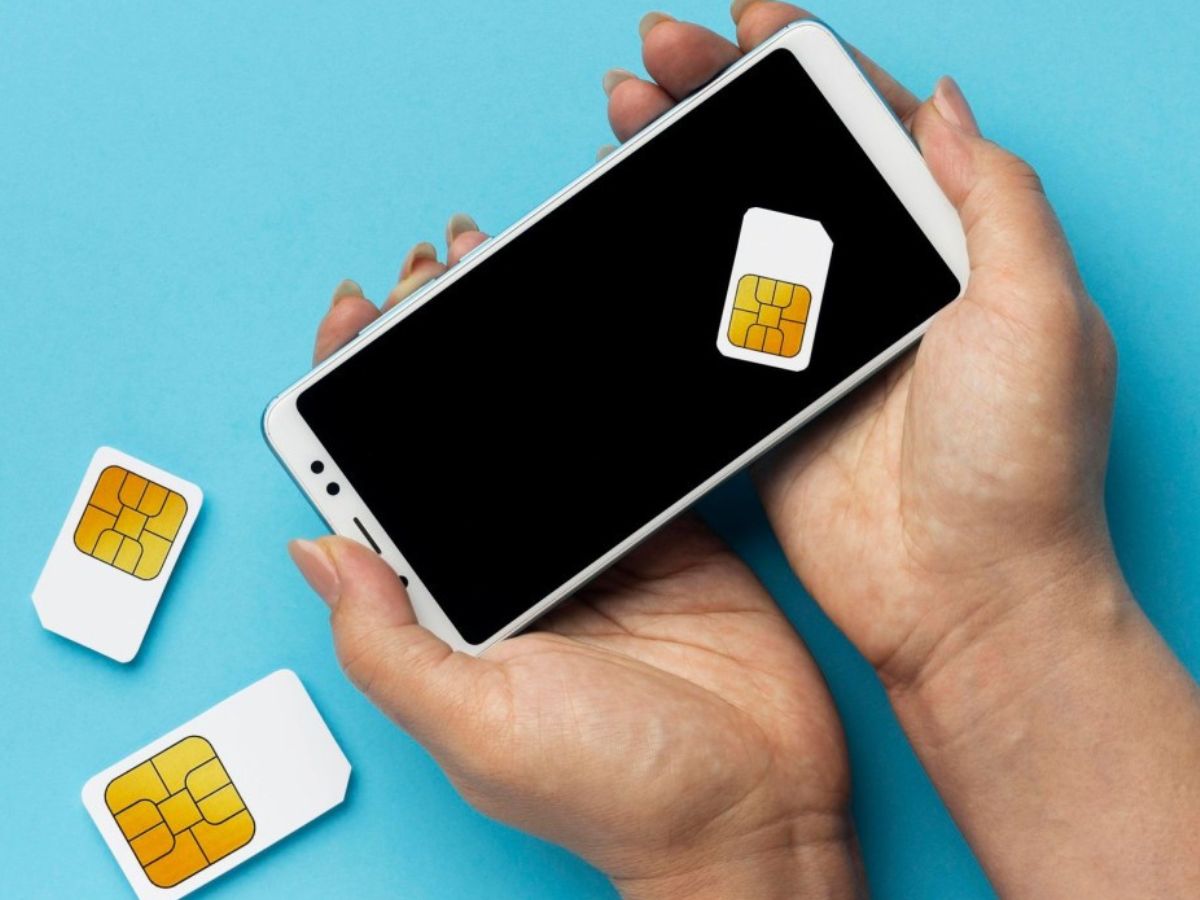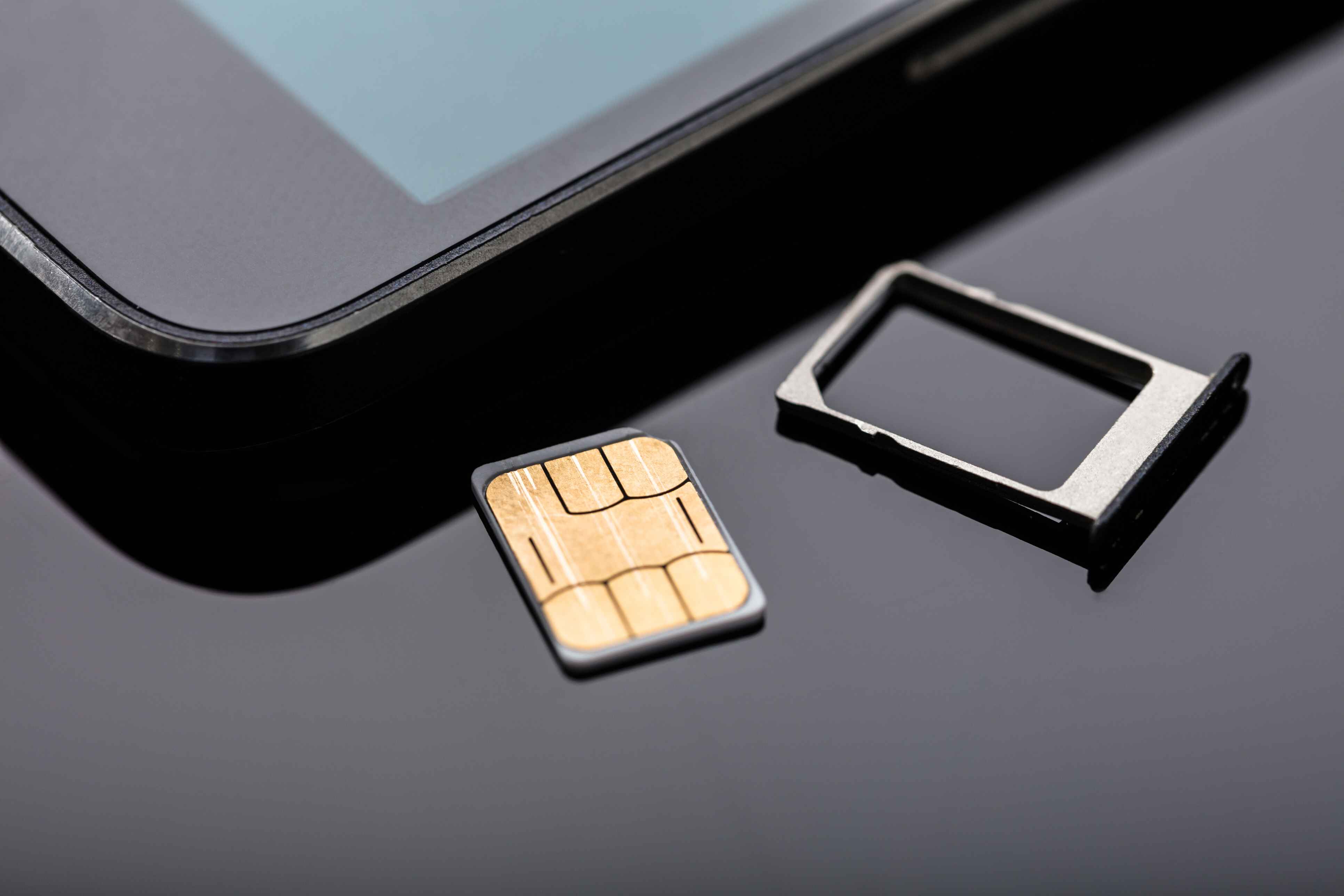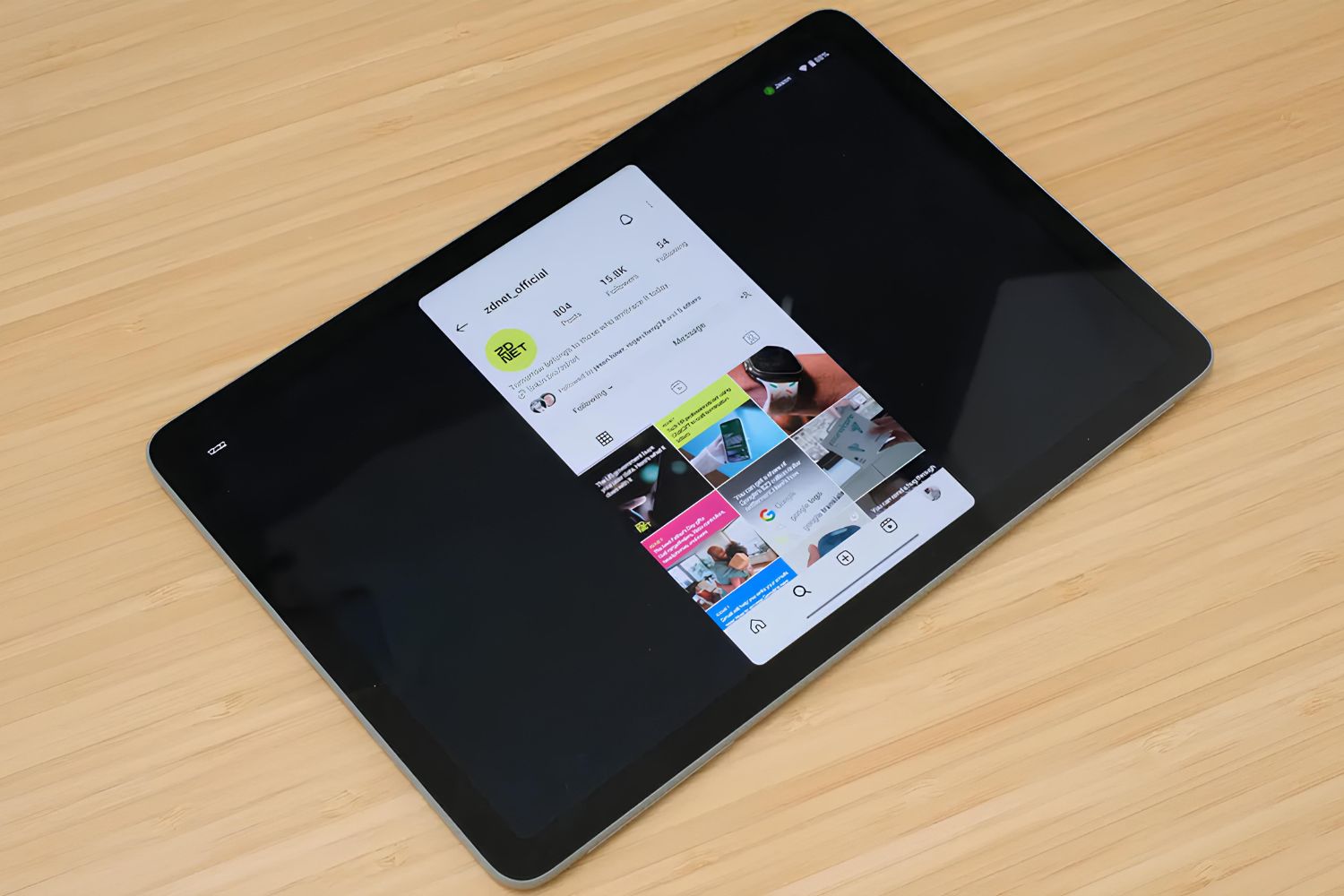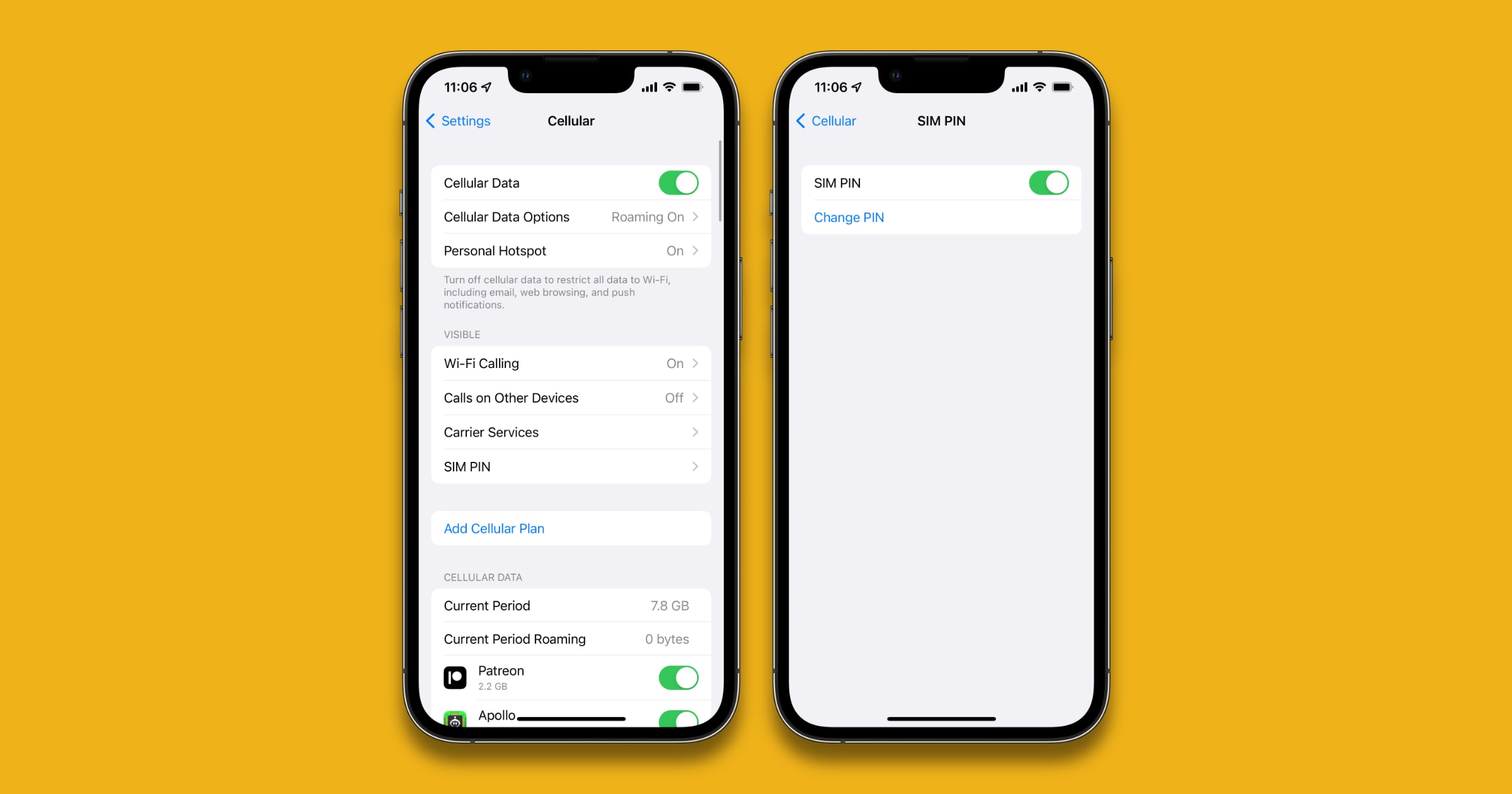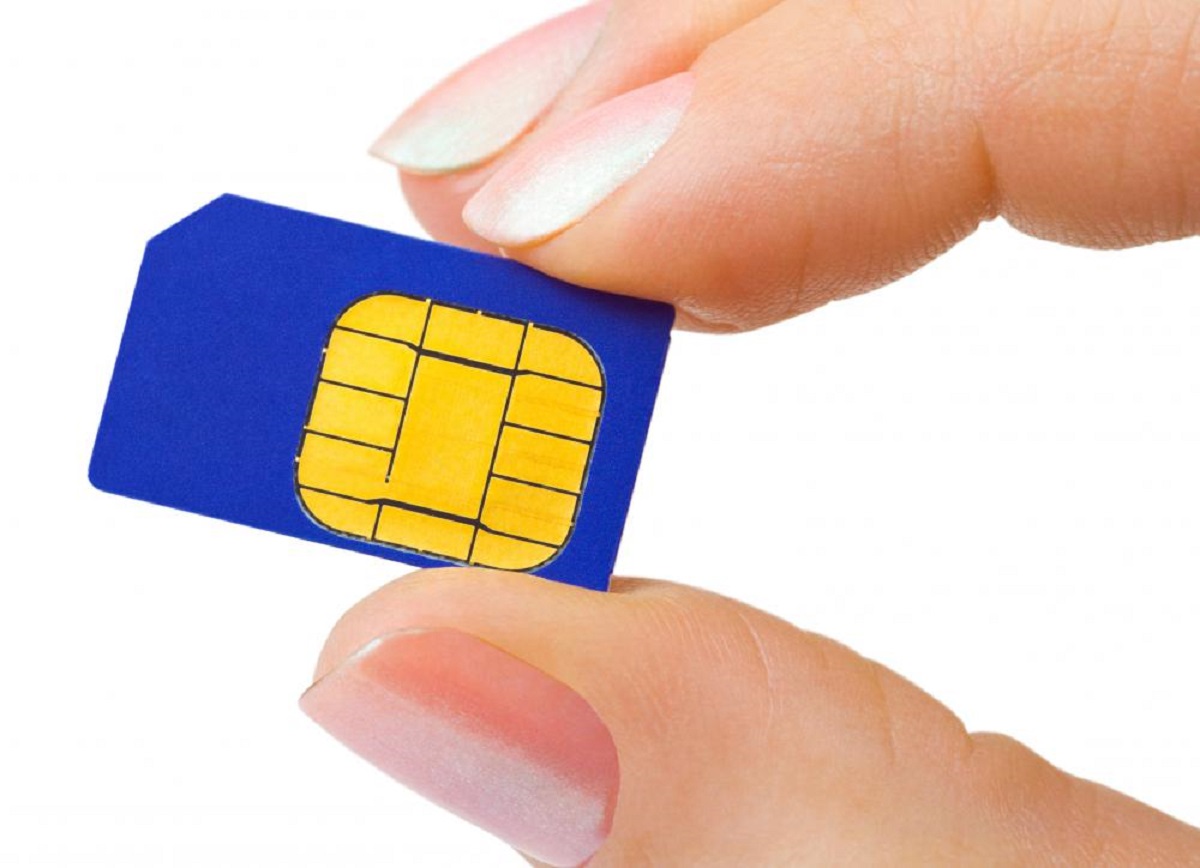Introduction
In the fast-paced digital age, our mobile devices have become an integral part of our daily lives. From staying connected with loved ones to managing professional communications, our smartphones play a pivotal role in keeping us organized and informed. One of the most essential features of a mobile device is its ability to store text messages, which often contain valuable information, cherished memories, and important conversations.
When it comes to preserving these text messages, users have several options, including saving them to their SIM card. This method offers a convenient way to safeguard important messages and ensure that they are easily accessible even when switching to a new device. Understanding how to save text messages to your SIM card can be incredibly beneficial, especially in scenarios where you need to transfer data between phones or simply want to create a backup of your cherished conversations.
In this article, we will delve into the intricacies of saving text messages to your SIM card, exploring the step-by-step process and shedding light on the advantages and limitations of this approach. By the end of this comprehensive guide, you will have a clear understanding of how to leverage your SIM card for text message storage and make informed decisions about preserving your valuable mobile communications. So, let's embark on this enlightening journey into the world of SIM card storage for text messages and unlock the potential of this often overlooked feature in our mobile devices.
Understanding SIM Card Storage
When it comes to mobile devices, the Subscriber Identity Module (SIM) card is a small but mighty component that plays a crucial role in facilitating communication. Traditionally used for storing subscriber information and enabling access to a mobile network, the SIM card has evolved to offer additional functionality, including the storage of text messages. Understanding how text messages are stored on a SIM card is essential for users seeking to preserve their valuable conversations and ensure seamless data transfer between devices.
SIM cards have limited storage capacity compared to the internal memory of modern smartphones. While the primary function of a SIM card is to authenticate the subscriber to the mobile network, it also contains space for storing a small number of text messages. This storage space is typically limited to a few dozen messages, depending on the SIM card's capacity and the size of the messages. Due to this constraint, SIM card storage is best suited for preserving a select number of essential text messages rather than serving as a comprehensive backup solution for an entire message history.
Text messages saved to a SIM card are stored in a specific format that differs from the storage method used in the phone's internal memory. The messages are stored in a standardized format defined by the GSM (Global System for Mobile Communications) specifications, ensuring compatibility across different mobile devices. This format allows the messages to be transferred between devices that support SIM card storage, making it a convenient option for users who frequently switch phones or upgrade to newer models.
It's important to note that the storage and retrieval of text messages from a SIM card may vary depending on the make and model of the mobile device. Some smartphones offer built-in features that allow users to manage their SIM card messages directly from the device's settings, while others may require the use of third-party applications for accessing and exporting SIM card data. Understanding the specific capabilities of your device and its compatibility with SIM card storage is essential for effectively utilizing this feature.
In essence, while SIM card storage provides a practical method for preserving a limited number of text messages and facilitating data transfer between devices, its inherent limitations should be considered. By gaining a deeper understanding of SIM card storage, users can make informed decisions about leveraging this feature to safeguard their valuable mobile communications.
Steps to Save Text Messages to Your SIM Card
-
Accessing Message Settings: Begin by accessing the messaging settings on your mobile device. Depending on the make and model of your phone, these settings may be located within the messaging app or in the device's general settings menu.
-
Selecting Messages for Transfer: Once in the messaging settings, look for the option to manage or transfer messages to your SIM card. This feature may be listed as "SIM card messages" or "SIM card storage" in the settings menu.
-
Choosing Messages to Save: After selecting the option to transfer messages to your SIM card, you will likely be presented with a list of your existing text messages. Choose the specific messages that you want to save to your SIM card. Most devices allow you to select individual messages or entire conversations for transfer.
-
Confirming the Transfer: Upon selecting the messages for transfer, your device may prompt you to confirm the action. This confirmation ensures that you are intentionally saving the chosen messages to your SIM card and prevents accidental data loss.
-
Verifying Storage Completion: Once the transfer process is initiated, your device will proceed to save the selected messages to the SIM card. Depending on the number of messages and the speed of your device, this process may take a few moments. Once completed, you should receive a confirmation message or notification indicating that the transfer was successful.
-
Checking SIM Card Storage: To verify that the messages have been successfully saved to your SIM card, you can navigate to the SIM card message storage option in your device's settings. Here, you should be able to view the messages that have been transferred from your device's internal memory to the SIM card.
-
Understanding Storage Limitations: It's important to be mindful of the storage limitations of your SIM card. As mentioned earlier, SIM cards have limited capacity for storing text messages, so it's advisable to only save essential messages to avoid exceeding the storage limit.
-
Regular Maintenance and Backup: While saving messages to your SIM card can serve as a convenient backup method, it's essential to regularly review and manage the stored messages. Consider backing up your SIM card data to another storage medium, such as a computer or cloud service, to prevent data loss in case of SIM card damage or loss.
By following these step-by-step instructions, users can effectively save their important text messages to their SIM card, leveraging this feature to create a backup of valuable conversations and ensuring seamless data transfer between mobile devices.
Benefits of Saving Text Messages to Your SIM Card
Saving text messages to your SIM card offers several valuable benefits that can enhance your mobile communication experience and provide added convenience and security. Understanding these benefits can empower users to make informed decisions about utilizing SIM card storage for preserving their important text messages.
1. Seamless Data Transfer:
By saving text messages to your SIM card, you can seamlessly transfer your conversations to a new device. This is especially useful when upgrading to a new phone, as it allows you to carry over essential messages without relying on cloud services or data transfer cables. Whether you're switching to a new smartphone or temporarily using a different device, having your messages stored on the SIM card ensures that your important conversations are readily accessible.
2. Backup and Recovery:
SIM card storage serves as an additional layer of backup for your text messages. In the event of device failure, loss, or damage, having messages saved to your SIM card ensures that you have a secure copy of important conversations. This added redundancy can be invaluable in preserving cherished memories, crucial information, or sentimental exchanges that you may not want to lose.
3. Independence from Cloud Services:
While cloud-based backups are popular, saving text messages to your SIM card provides an alternative method that does not rely on internet connectivity or cloud storage subscriptions. This independence from cloud services can be advantageous in situations where internet access is limited or when you prefer to keep your data localized and under your direct control.
4. Privacy and Security:
Storing text messages on your SIM card can enhance privacy and security, particularly for sensitive or confidential conversations. Since the SIM card is a physical component of the device, it offers an additional layer of security compared to cloud-based storage. This can be reassuring for individuals who prioritize data privacy and prefer to keep certain conversations confined to the device's hardware.
5. Quick Access to Essential Messages:
Having important text messages saved to your SIM card ensures quick access to essential information without relying on internet connectivity. Whether it's a contact number, an address, or a crucial piece of information exchanged in a text conversation, having these messages stored on the SIM card provides a convenient way to access vital details even in situations where network access is limited.
By leveraging the benefits of saving text messages to your SIM card, users can enhance the resilience, accessibility, and security of their valuable mobile communications. It's important to weigh these advantages against the limitations of SIM card storage to determine the most suitable approach for preserving your text messages.
Limitations of Saving Text Messages to Your SIM Card
While saving text messages to your SIM card offers various benefits, it is essential to consider the inherent limitations of this storage method. Understanding these limitations can help users make informed decisions about the suitability of SIM card storage for preserving their valuable text messages.
1. Storage Capacity Constraints:
SIM cards have limited storage capacity for text messages compared to the internal memory of modern smartphones. This constraint restricts the number of messages that can be saved to the SIM card, making it unsuitable for storing an extensive message history. Users may need to prioritize essential messages for storage, leading to the exclusion of less critical conversations.
2. Message Format Compatibility:
The format in which text messages are stored on a SIM card may not be universally compatible with all mobile devices. When transferring messages to a new device, compatibility issues may arise, potentially leading to the loss of message formatting, attachments, or other multimedia elements. This limitation can impact the seamless transfer of messages between devices.
3. Lack of Message Organization:
Unlike the messaging apps on smartphones, SIM card storage does not offer robust organizational features for managing text messages. Users may find it challenging to categorize, search, or access specific messages stored on the SIM card, especially when dealing with a large volume of saved messages. This limitation can hinder efficient message retrieval and management.
4. Inability to Store Multimedia Messages:
SIM card storage is primarily designed for saving text-based messages and may not support the storage of multimedia messages, such as those containing images, videos, or audio files. This limitation restricts the comprehensive preservation of multimedia-rich conversations, potentially leading to the loss of valuable media content when relying solely on SIM card storage.
5. Device-Specific Limitations:
The functionality and accessibility of SIM card storage for text messages may vary depending on the make and model of the mobile device. Some smartphones may offer limited options for managing SIM card messages, while others may lack built-in features for seamless interaction with SIM card-stored messages. This device-specific limitation can impact the user experience and convenience of utilizing SIM card storage.
6. Vulnerability to Physical Damage:
SIM cards are physical components that can be vulnerable to damage, loss, or corruption. In the event of SIM card damage or malfunction, the saved text messages may become inaccessible, leading to potential data loss. This vulnerability highlights the importance of maintaining alternative backups for critical messages.
By acknowledging these limitations, users can gain a comprehensive understanding of the constraints associated with saving text messages to a SIM card. While SIM card storage offers practical benefits, it is essential to weigh these advantages against the identified limitations to determine the most suitable approach for preserving and managing text messages on mobile devices.
Conclusion
In conclusion, the process of saving text messages to your SIM card offers a valuable method for preserving essential conversations and facilitating seamless data transfer between mobile devices. By understanding the intricacies of SIM card storage and the step-by-step process of transferring messages, users can leverage this feature to create backups of important conversations and ensure accessibility to critical information.
While the benefits of SIM card storage, such as seamless data transfer, backup and recovery, independence from cloud services, privacy and security, and quick access to essential messages, are compelling, it is crucial to consider the limitations associated with this storage method. The constraints related to storage capacity, message format compatibility, message organization, multimedia message support, device-specific limitations, and vulnerability to physical damage underscore the importance of evaluating the suitability of SIM card storage based on individual needs and preferences.
Ultimately, the decision to save text messages to a SIM card should be informed by a balanced assessment of the benefits and limitations, as well as an understanding of the specific use cases and requirements of the user. While SIM card storage serves as a convenient backup method and offers advantages in certain scenarios, users may also consider alternative approaches, such as cloud-based backups, external storage devices, or dedicated messaging apps with robust backup features, to complement their data preservation strategies.
As mobile devices continue to evolve, offering diverse options for managing and preserving text messages, users are presented with a range of choices to safeguard their valuable communications. Whether it's leveraging the simplicity and accessibility of SIM card storage or exploring advanced backup solutions, the overarching goal remains consistent: to ensure the security, accessibility, and longevity of cherished conversations and essential information stored in text messages.
By embracing a comprehensive approach to data preservation and staying informed about the evolving capabilities of mobile devices, users can navigate the dynamic landscape of text message storage with confidence and make informed decisions that align with their unique communication needs and preferences. The journey of preserving text messages is a dynamic and evolving process, and by staying attuned to the advancements in mobile technology, users can effectively safeguard their digital conversations and memories for the long term.







